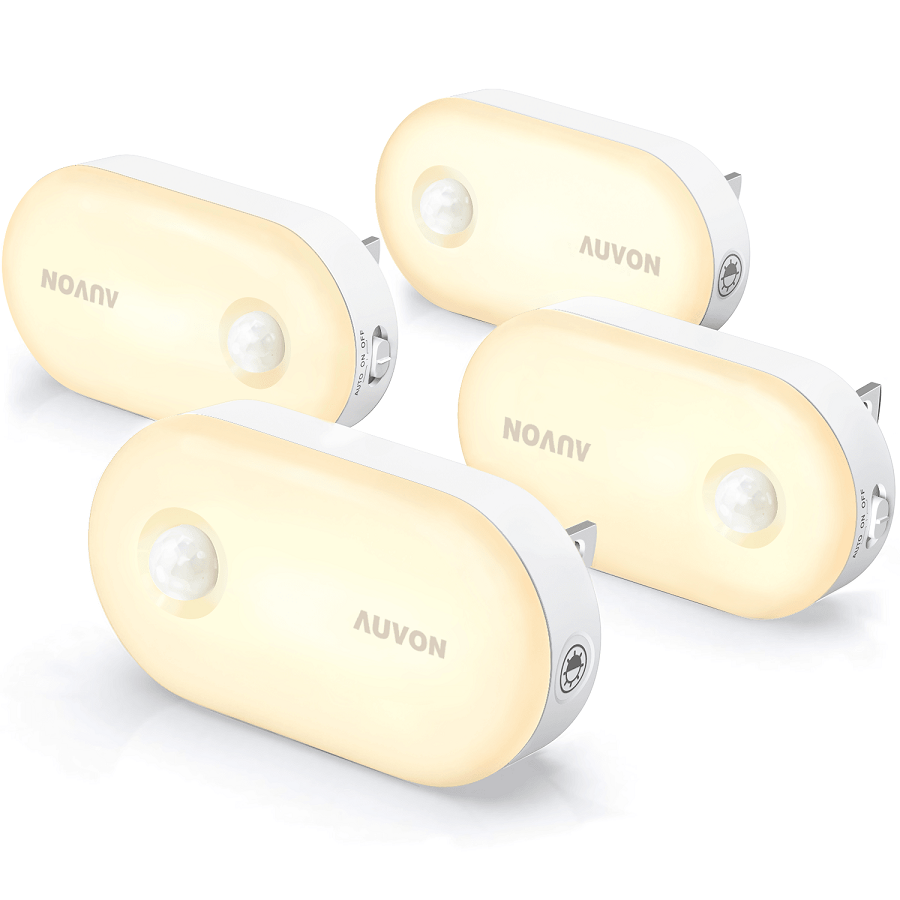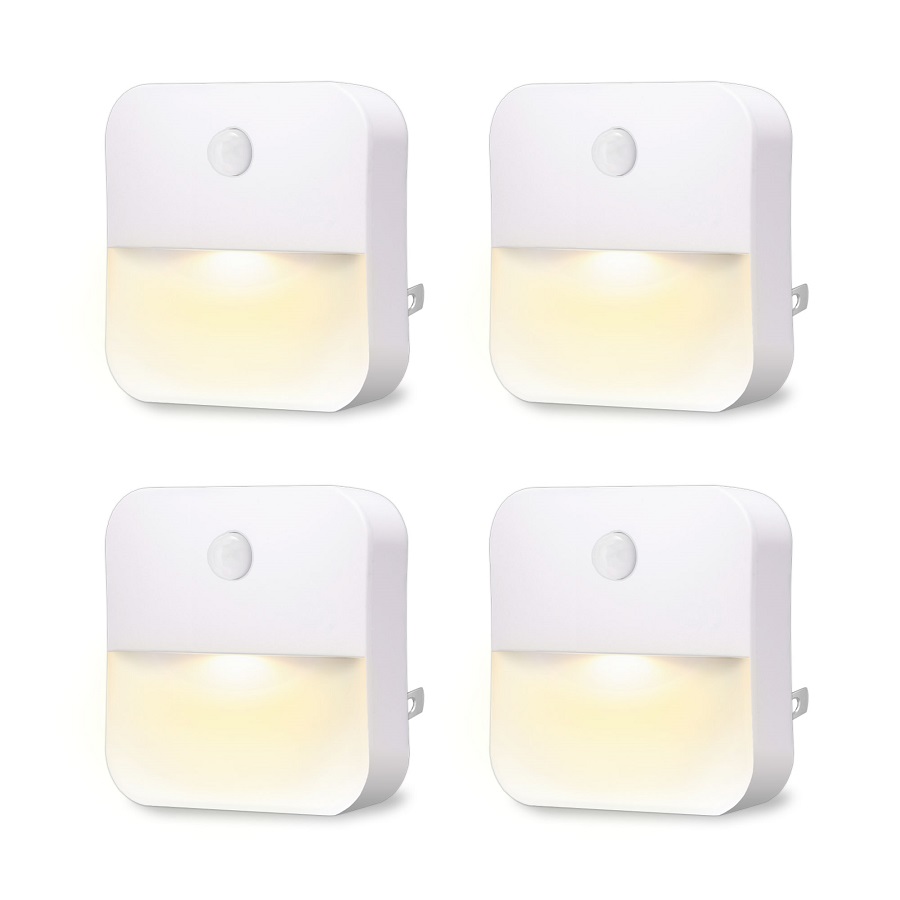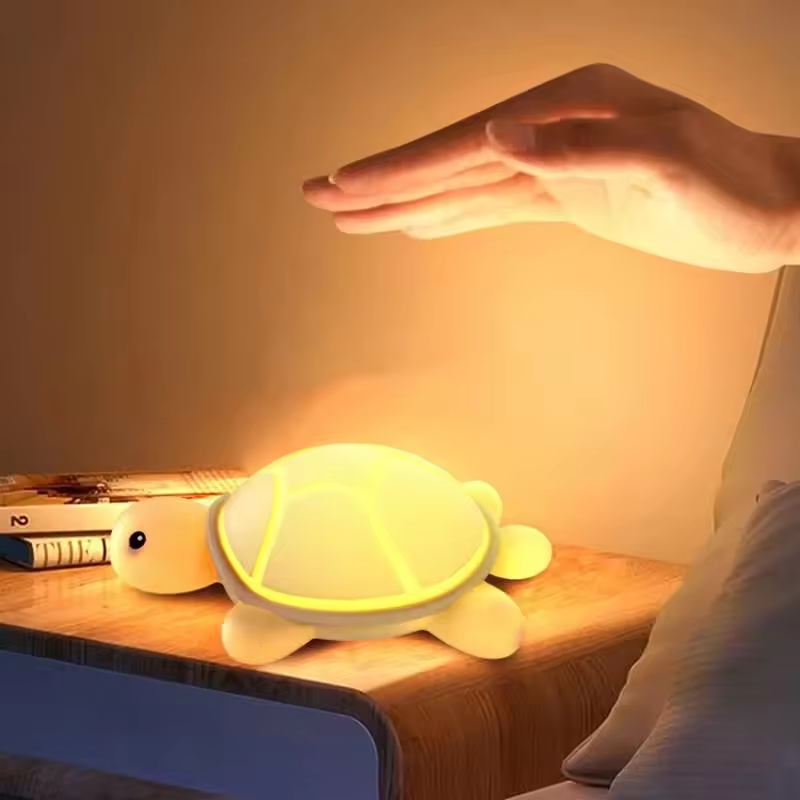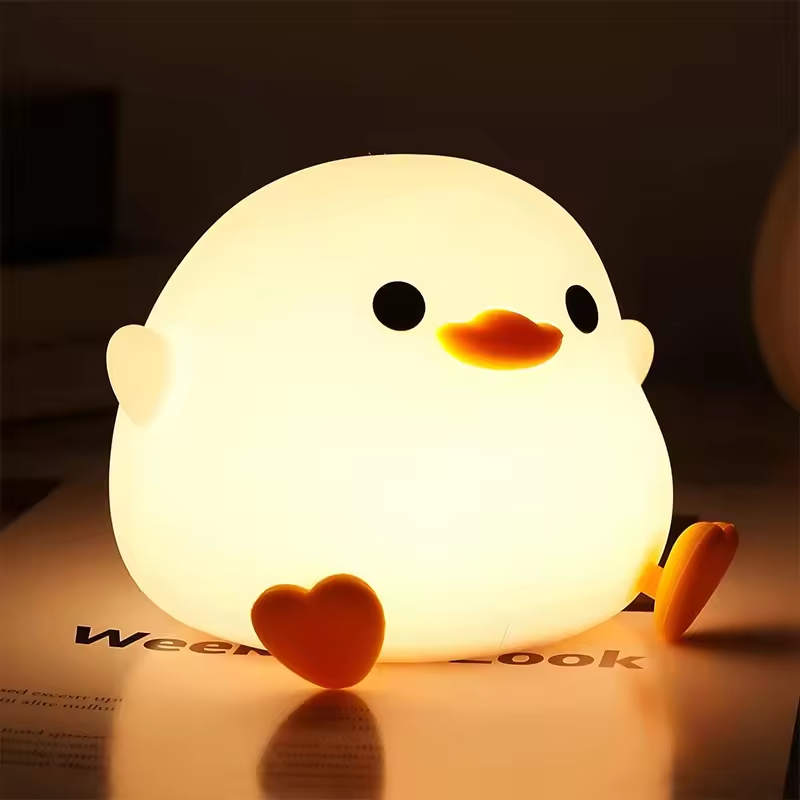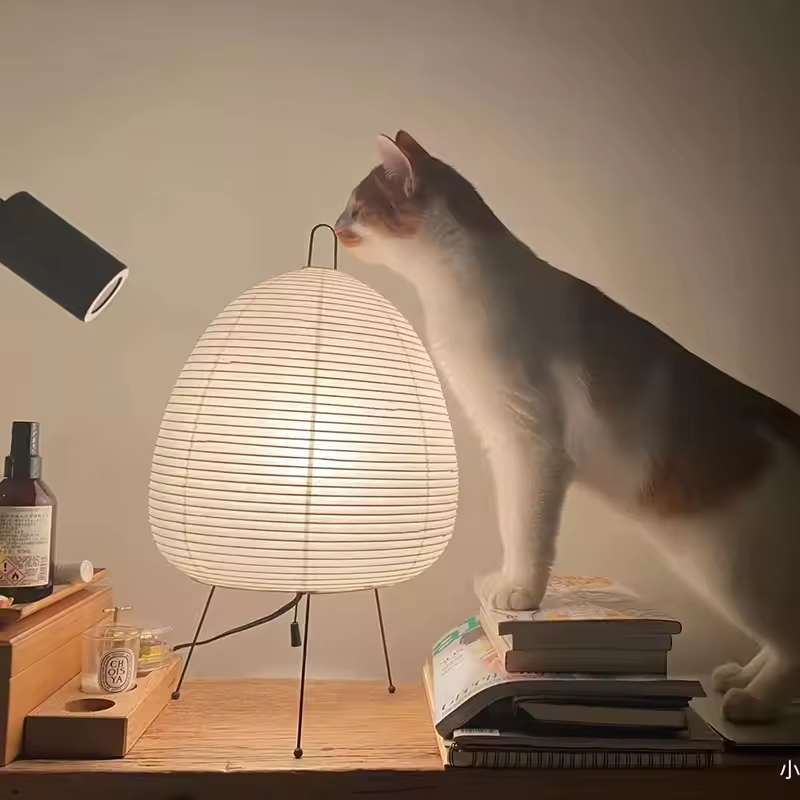The Evolution of Motion Detector Night Lights
The motion detector night light has come a long way since its inception. In the past, these devices were simple, standalone units that offered basic illumination upon detecting movement. Fast forward to 2025, and we see an impressive transformation. Today’s motion detector night lights are sleek, highly efficient, and often part of a connected home ecosystem.
Earlier designs featured bulky sizes and limited detection ranges. Now, manufacturers have refined their technology. The latest models boast compact designs and extended ranges. They can now accurately detect motion through advanced sensors. These sensors capture slight movements and differentiate between human activity and pet movements.
Lighting quality has also seen a significant upgrade. Modern motion detector night lights deliver a spectrum of light intensities and colors, suited for different purposes. Gone are the days of harsh, blinding lights. Present-day fixtures provide a soft, warm glow that’s easy on the eyes, enhancing ambiance while ensuring safety.
Another leap in the evolution includes connectivity. Older motion detector night lights worked in isolation. Current versions integrate seamlessly with smart home systems. They work alongside other security devices, such as cameras and alarms. This integration allows for customizable settings and remote control via smartphones or voice assistants.
Overall, the evolution of motion detector night lights mirrors broader trends in technology: miniaturization, intelligent features, and user-friendly interfaces. As we continue to embrace these advancements, motion detector night lights are becoming an essential component of modern home safety and convenience.
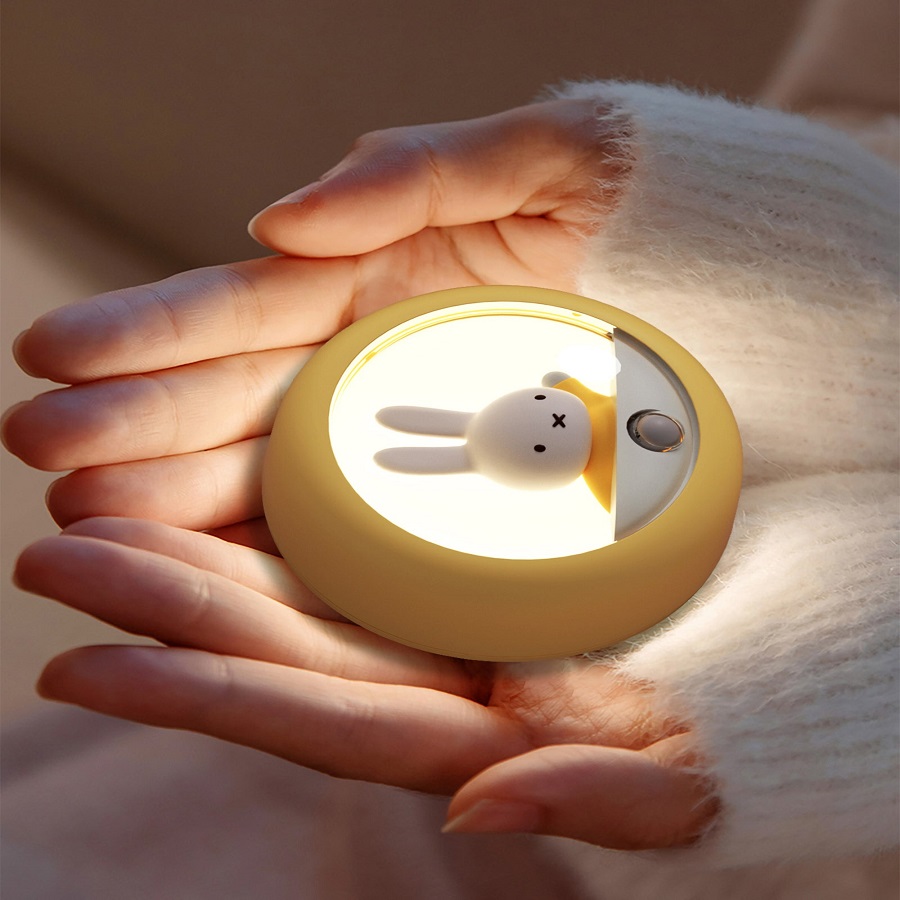 Key Features of Modern Motion Detector Night Lights
Key Features of Modern Motion Detector Night Lights
Modern motion detector night lights pack a variety of features that cater to users’ diverse needs. In 2025, these features have become more refined and intuitive, reflecting advancements in both technology and user expectations.
- Enhanced Sensitivity: Contemporary models sport high-sensitivity sensors. These sensors detect even minimal movement with precision. This eliminates false alarms, often triggered by non-human activity in earlier models.
- Adjustable Settings: Users have the option to customize settings such as brightness, light color, and duration of illumination. Customization ensures the light meets specific needs at different times.
- Energy-Saving Modes: Advanced night lights come with options to conserve energy. They can operate on low-energy modes when full brightness isn’t necessary. This contributes to lower electricity bills and a smaller carbon footprint.
- Wireless Connectivity: Many of today’s night lights offer wireless connectivity. This feature allows them to communicate with other smart devices. Users can control lighting through apps on their smartphones or by voice command.
- Dynamic Light Quality: These lights provide various light temperatures and intensities. From a warm amber for a cozy feeling to bright white for clarity, they cater to different environments and preferences.
- Extended Lifespan: LED technologies ensure that modern motion detector night lights last longer. Frequent bulb changes are a thing of the past, making them more convenient and cost-effective.
- Sleek Aesthetics: Size and design matter, and the latest models are both compact and stylish. They easily blend into home decors without drawing unnecessary attention.
- Ease of Installation: With DIY-friendly designs, these night lights are easy to install. Usually, no hard wiring is needed, which means quick setup without extra tools or professional help.
- Durability: Manufactured to high standards, modern lights are robust and withstand various conditions. They are often weather-resistant, making them versatile for both indoor and outdoor use.
The key features of modern motion detector night lights make them an indispensable part of home safety and convenience. By incorporating these elements, manufacturers ensure their products meet the high demands of contemporary living spaces.
Benefits of Using Motion Detector Night Lights in Home Safety
Motion detector night lights have become pivotal in bolstering home safety. Here are their key benefits:
- Intruder Deterrence: The presence of light can dissuade trespassers from entering your property. A motion-activated light signals that the home is attentive and guarded.
- Accident Prevention: With these lights, gone are the days of stumbling in the dark. They illuminate paths to prevent falls and mishaps during nighttime.
- Energy Efficient: By only turning on when necessary, motion detector night lights save on energy. This means fewer costs and less waste.
- Comfort and Assurance: They provide a sense of safety and comfort. Knowing your pathways are lit upon movement offers peace of mind.
- Assisted Navigation: For those late-night walks to the kitchen or bathroom, these lights guide the way. There’s no need to fumble for switches in the dark.
- Child-Friendly: These night lights can comfort children who are afraid of the dark. They automatically light up to ease fear and help kids navigate the night.
- Elderly Assistance: For older adults, this lighting is crucial. It maintains visibility and reduces the risk of falls if they need to get up at night.
Motion detector night lights are not only practical; they’re a smart addition to any home safety strategy. Their cost-effective and user-friendly nature makes them ideal for any household looking to improve their security measures with minimal fuss.
Installation Tips for Motion Detector Night Lights
When installing motion detector night lights, simplicity is key. Here are practical tips to ensure a smooth setup:
- Identify Strategic Locations: First, pinpoint the areas that need illumination. Think of entries, hallways, and staircases, where safety and navigation are essential at night.
- Check for Power Sources: Ensure there is a power outlet nearby if the device is not battery-operated. For wireless models, check their range to the hub.
- Follow Manufacturer Guidelines: Each night light may differ slightly. Always read the manual for specific instructions on installation.
- Use the Right Tools: Gather necessary tools before starting. Usually, a screwdriver and possibly some adhesive are all you need.
- Test the Sensor Range: After mounting, walk past the light at different angles. Make sure it detects movement correctly and lights up as intended.
- Adjust Settings Initially: Fine-tune settings like brightness and shut-off delay. Early adjustments can help you find the perfect setup for your needs.
- Consider Height and Angle: Install the night light at an optimal height. It should be out of reach from small children but within the sensor’s effective range.
- Avoid Obstructions: Keep the sensor’s path clear. Objects like furniture can block the sensor and reduce effectiveness.
- Look for Weather Resistance: For outdoor installation, choose lights rated for exterior use. They can handle rain, snow, and temperature changes.
With these tips, setting up motion detector night lights can be effortless. Doing it right enhances home safety and ensures the lights function as needed.
Smart Integrations with Motion Detector Night Lights
Smart integrations have made motion detector night lights smarter and more versatile. In 2025, integration with other home devices is a standard feature. Here’s how they add convenience and enhance safety:
- Smart Home Systems: These night lights now work with smart home hubs. They can sync with systems like Amazon Alexa or Google Home. This lets users control lights with voice commands.
- Security Devices: Integration with security cameras and alarms boosts home safety. If the light detects motion, cameras can start recording. Alarms can also trigger if needed.
- Home Automation Scenes: Users can create scenes that combine lighting with other actions. For example, lights can turn on with your morning alarm to help you wake up.
- Mobile App Control: With apps, users can adjust light settings from anywhere. They can turn lights on or off, change colors, and set schedules.
- IFTTT and Automation: If This Then That (IFTTT) protocols link the lights with various services. The lights can interact with other smart devices, following custom rules set by the user.
Each of these integrations makes the night lights more than simple illumination devices. They become a part of a comprehensive home automation and security system. Integration with other technologies provides users with greater control and convenience. As a result, motion detector night light setups are now more efficient and user-friendly.
Comparison of Top Motion Detector Night Lights in 2025
Choosing the right motion detector night light in 2025 can seem daunting. With a vast array of options, it’s important to compare and pick the model that best fits your needs. In this section, we’ll explore the top contenders, highlighting their key features and what sets them apart.
- Brand A’s Sleek Adaptive Model: This night light stands out for its adaptive brightness. It adjusts based on ambient light to provide comfort without waste. Users report it blends in well with modern decor.
- Brand B’s Long-Range Detector: Known for its extensive detection radius, this light excels in large spaces. It ensures no corner remains dark when it needs to be lit.
- Brand C’s Eco-Friendly Solution: If sustainability is your priority, this model is a game-changer. It uses solar power, cutting down on energy bills and eco-footprints.
- Brand D’s High-Tech Hub: For tech enthusiasts, this light’s integration with smart homes is seamless. You can control it with voice commands and set up custom scenes.
- Brand E’s Child-Safe Night Light: Safety for kids is the focus here. This light has a soft glow and a child-proof design. It’s perfect for nurseries and kids’ rooms.
- Brand F’s Rugged Outdoor Light: Durability is paramount for outdoor models. This one withstands weather extremes, making it ideal for patios and gardens.
These models reflect the diversity and innovation in motion detector night lights. Think about your specific needs—be it energy efficiency, design, or smart features. With the perfect choice, you can enhance home safety and convenience with ease.
Energy Efficiency and Sustainability in Motion Detector Night Lights
Energy efficiency and sustainability are critical when it comes to motion detector night lights. In 2025, these factors are at the forefront of product design and consumer choice. Here are the ways in which modern motion detector night lights excel in these areas:
- Low Power Consumption: Current models use LED technology, which consumes less power than traditional bulbs. This cuts down on electricity use, reducing energy bills.
- Solar Power Options: Some lights now include solar panels. They harness the sun’s energy during the day to power the night light after dusk, promoting renewable energy use.
- Automatic Shut-off: Built-in timers turn the lights off after a set period. This prevents unnecessary power usage, adding to their energy-efficient nature.
- Recyclable Materials: Manufacturers use recyclable materials to make these lights. They aim to reduce environmental impact from production to disposal.
- Rechargeable Batteries: For battery-operated units, rechargeable batteries are the norm. They last longer and can be re-used, minimizing waste.
- Smart Technology: Integration with smart home systems further enhances energy saving. Lights can adjust their output according to natural light levels or other smart devices.
- Motion Sensing Accuracy: Modern sensors are precise, activating the light only when needed. This avoids unnecessary energy consumption from false triggers.
Embracing these energy efficiency and sustainability practices, motion detector night lights contribute to a greener future while providing safety and comfort in the home.
Future Trends in Motion Detector Night Light Technology
As we look beyond 2025, motion detector night light technology is set to evolve further. Here are anticipated trends in this field:
- Increased Sensor Intelligence: Future sensors may differentiate more contexts. They could distinguish between people, pets, and objects, reducing false alarms.
- Integration with AI: Artificial intelligence could offer predictive lighting. Lights may learn from your habits and light up before you even enter the room.
- Advances in Energy Harvesting: Next-gen lights might use piezoelectric materials. They could convert vibrations from footsteps or doors into power for the lights.
- Organic LED Development: OLEDs promise thinner, more flexible lighting options. Their use in motion detector night lights could allow for innovative designs.
- Greater Customizability: Users might set varying light patterns based on time, event, or mood. Personalization will likely reach new heights.
- Enhanced Connectivity: Future models could connect with a wider range of devices. This would create even more integrated and smart home environments.
- Gesture Control: With advancements in technology, gesture recognition could replace switches. A simple wave of your hand may soon turn lights on or off.
- Biodegradable Components: In line with sustainability, the industry might shift towards biodegradable parts. This would reduce the impact of electronic waste.
These trends show promise for a smarter, more energy-efficient future. They align with user needs and environmental concerns. In the evolution of motion detector night light technology, convenience, and sustainability go hand in hand.
